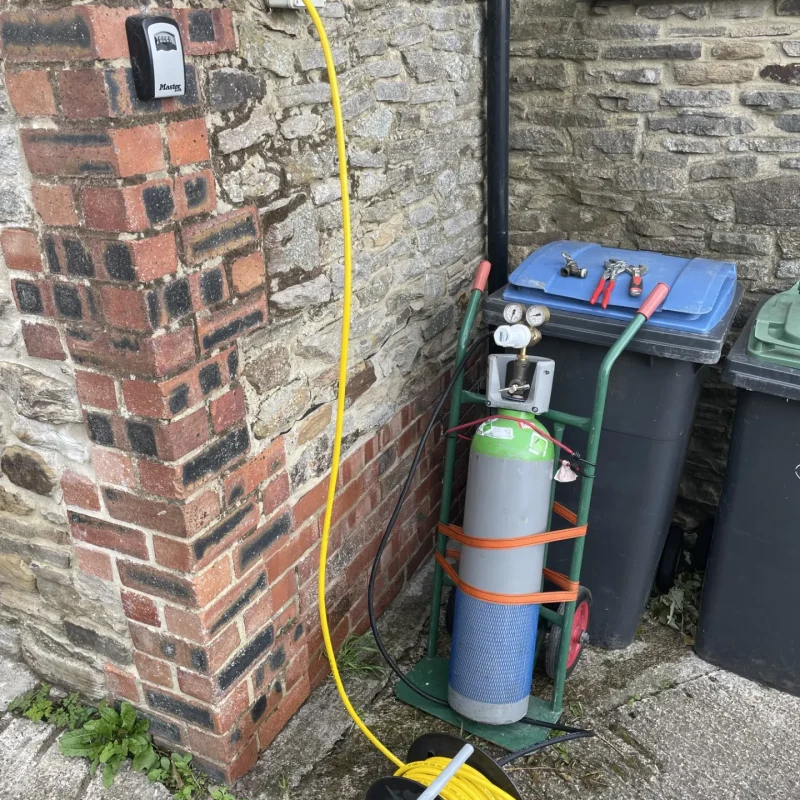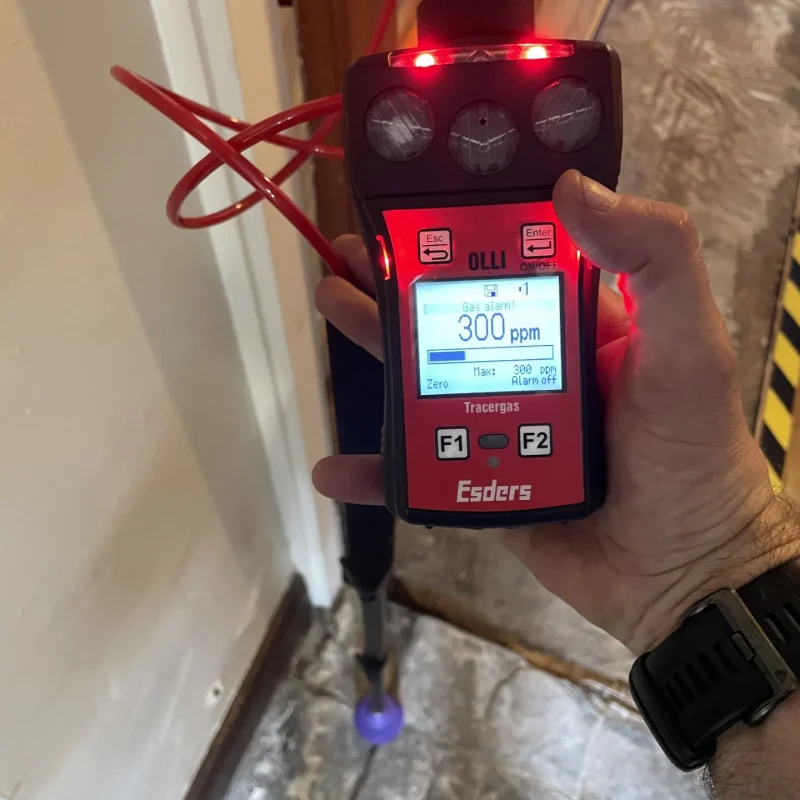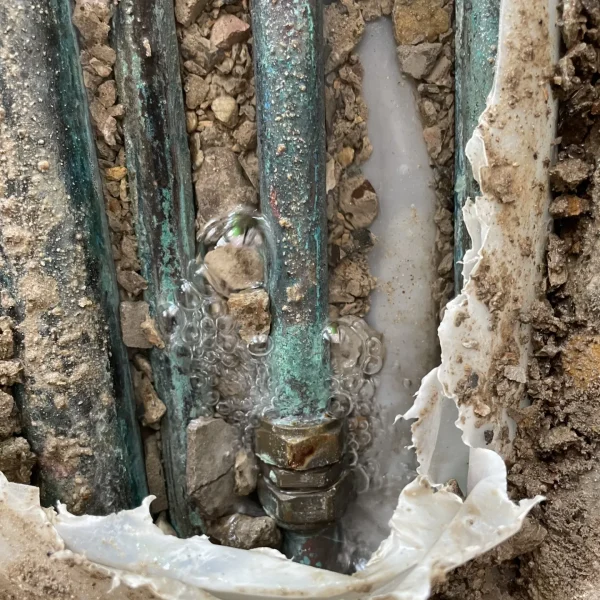


Tracer gas is used during our trace and access surveys to help locate leaking pipework on hot and cold supplies, as well as central heating systems. Gas is put into the system and a detector is then used to locate where the gas is escaping from.
Leak Detection Case Study
Overview
This case study shows how our team used tracer gas technology during a trace and access survey to locate leaking pipework. The leak was hidden within the property’s hot and cold water supplies, and without professional equipment, it would have been nearly impossible to identify the source. Our work demonstrates how a leak detection specialist can pinpoint problems with precision, preventing further water damage.
Challenges
Leaks within pipework are difficult to locate because they are often hidden beneath floors, walls, or underground. In this case, the property had signs of moisture, but the exact source could not be seen. Understanding how leak detection works is key — without accurate detection, unnecessary excavation and disruption could occur.
Approach
We used a tracer gas method, where harmless gas is introduced into the pipe system. Using a sensitive detector, we tracked where the gas escaped, identifying the exact location of the fault. This non-invasive water leak detection technique allows us to work quickly and avoid damaging unaffected areas of the property. You can read more about this method on our Leak Detection Service page.
Solution
The leak was successfully identified, exposing the affected pipework without unnecessary disruption. This meant repairs could be carried out efficiently, saving the customer time, money, and stress. This case highlights the importance of professional leak detection services in preventing long-term water damage.
See More Case Studies
Explore more examples of how we help homeowners and businesses recover from fire, flood, and leak damage on our Featured Case Studies.
